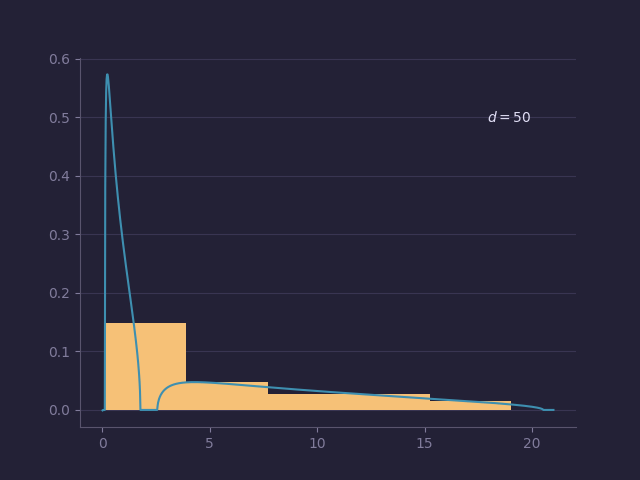Random matrix theory
How, and when, can we describe the asymptotic spectral information of random matrices? To what extent do random matrices depend on the distribution of their entries?
Random matrix theory is one of my main research interests. I am interested in a wide range of topics within the field, including the study of spiked models and phase transitions, universality phenomena and the application of random matrix theory to data science. I have explored a multitude of techniques within the field, such as leave-one-out approaches, leveraging free operator-valued theory, utilizing concentration inequalities, and using Stein’s method.
During my master’s degree, my focus was on extending the framework of the matrix Dyson equation to account for correlated linearizations, also known as pencils, of random matrices. The objective was to derive anisotropic global laws for the pseudo-resolvent of these linearizations with a general correlation structure.
